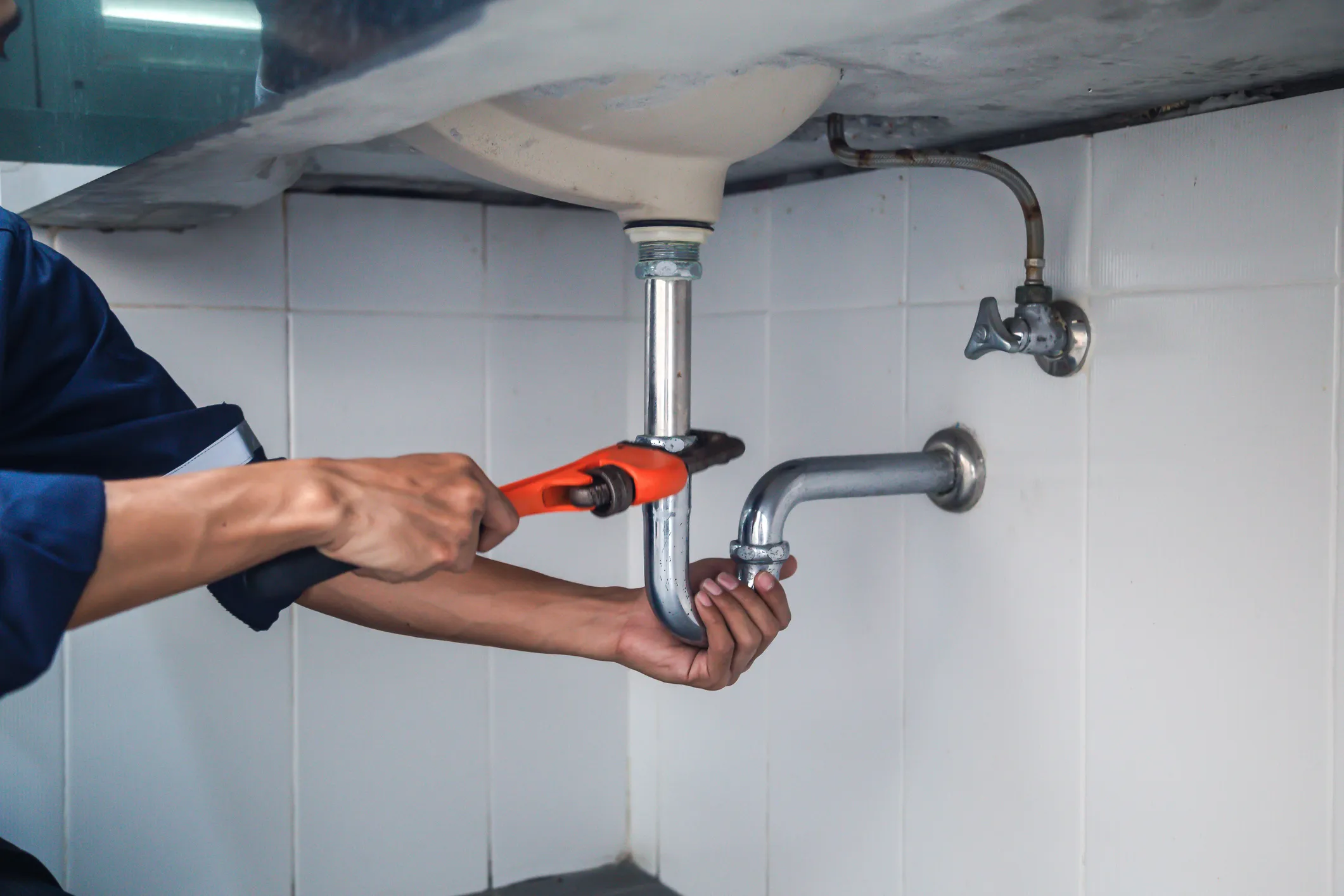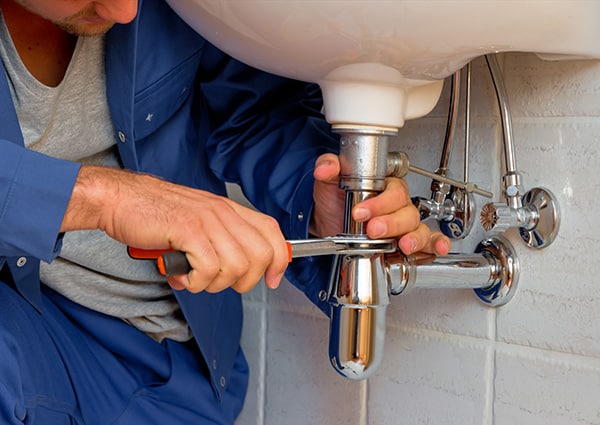When it comes to home plumbing, understanding the importance of vent stack installation is crucial for every homeowner and real estate developer. A well-installed vent stack ensures that your plumbing system functions efficiently, preventing unwanted odors and maintaining proper water flow. In this article, we will explore valuable vent stack installation tips that will guide you through the process and help you achieve optimal results.

The Importance of Vent Stack Installation
Vent stacks play a vital role in the plumbing system by allowing air to circulate freely, which prevents the build-up of pressure and ensures smooth water flow. By following the right installation tips, you can avoid common issues such as clogs, sewer gas leaks, and slow drainage.
Understanding Vent Stack Basics
What is a Vent Stack?
A vent stack is a vertical pipe that is part of the plumbing system, providing ventilation to the drains and allowing sewer gases to escape. It is typically connected to the main drain and extends through the roof, ensuring proper air circulation.
Why Proper Installation Matters
Proper installation of a vent stack is essential to maintain the overall functionality of your plumbing system. It ensures that harmful gases are safely vented out, water flows smoothly, and pressure is balanced within the pipes.
Key Considerations for Vent Stack Installation
Choosing the Right Materials
Selecting the appropriate materials for your vent stack is crucial for durability and performance. Opt for high-quality pipes that can withstand environmental factors and ensure a long-lasting installation.
Compliance with Building Codes
Ensure that your vent stack installation complies with local building codes and regulations. This not only ensures safety but also prevents potential legal issues in the future.
Step-by-Step Vent Stack Installation Guide
Planning and Preparation
Before starting the installation, carefully plan the layout and location of the vent stack. Consider factors such as the distance from the main drain, roof access, and potential obstructions.
Installing the Vent Stack
Begin the installation by attaching the vent stack to the main drain pipe. Make sure the connections are secure and leak-proof. Gradually extend the vent stack through the roof, ensuring it is properly aligned and supported.
Sealing and Insulation
Seal all joints and connections to prevent leaks and ensure airtightness. Insulate the vent stack to protect it from temperature fluctuations and enhance its longevity.
Common Challenges and Solutions
Dealing with Obstructions
If you encounter obstructions during installation, consider repositioning the vent stack or using additional fittings to work around the obstacles.
Preventing Sewer Gas Leaks
To prevent sewer gas leaks, ensure that all connections are tightly sealed and regularly inspect the vent stack for any signs of damage or corrosion.
Maintenance and Inspection
Regular Maintenance Practices
Implement a regular maintenance schedule to keep your vent stack in optimal condition. This includes cleaning, inspecting for leaks, and checking for blockages.
Signs of Vent Stack Issues
Be vigilant for signs of vent stack issues such as slow drainage, gurgling noises, or unpleasant odors. Address these problems promptly to prevent further complications.
Benefits of Professional Installation
While DIY installation is possible, hiring a professional plumber ensures that the vent stack is installed correctly and efficiently. Professionals have the expertise and tools to handle complex installations and address any unforeseen challenges.
Conclusion
Proper vent stack installation is essential for maintaining a safe and efficient plumbing system. By following these vent stack installation tips, homeowners and real estate developers can ensure that their plumbing systems function smoothly, preventing costly repairs and ensuring peace of mind. For more detailed guidance on plumbing-related topics, you can visit Plumbing Tips for New Homeowners.

FAQs
What is the purpose of a vent stack?
The purpose of a vent stack is to provide ventilation to the plumbing system, allowing sewer gases to escape and ensuring smooth water flow.
Can I install a vent stack myself?
While DIY installation is possible, it is recommended to hire a professional plumber for complex installations to ensure proper functionality and compliance with building codes.
How often should I inspect my vent stack?
Regular inspections should be conducted at least once a year to identify any potential issues and ensure the vent stack is in good condition.
For more information on plumbing and home improvement, check out our articles on Water Supply Lines, Filtration System Installation, and Septic System vs Sewer Connection.
This article contains affiliate links. We may earn a commission at no extra cost to you.




